Technology that will allow electric cars to top up their charge on the move is being readied for production in the next decade.
The ‘electric road of the future’ could be a reality sooner, but car makers will need to design the next generation of electric vehicles (EVs) to incorporate induction charging pads into their technical make-up. Road infrastructure companies, meanwhile, will need to install multiple numbers of pads under road surfaces to make the idea a reality.
“Maybe ten years is a good timescale for this technology,” said Virginie Maillard, a senior Renault EV engineer. “We have to design cars and the road network to accept it.”
The third-generation Renault Zoe, for example, might be expected to hit the market in the mid-2020s, and Renault has a chance to futureproof the design for induction charging.
Induction charging technology is currently being investigated at a purposebuilt test track near Paris using Renault Kangoo ZE vans and Qualcomm Halo wireless induction charging equipment. Qualcomm, a huge US technology company, is better known as the designer of mobile phone chips.
Qualcomm will develop the technology and sell it as a licence to a tier one supplier, which will make it a production reality. Each unit sold will earn Qualcomm a royalty.
The charging system works using the principle of induced currents – the same technique that electric toothbrush chargers deploy.
An electrically live coil is buried under the road, and when a car equipped with another coil passes over it, it induces a current in the car’s coil. This feeds into the EV’s battery and keeps it topped up.
Although the car passes over the pad buried under the road in fractions of a second, up to 20kW of energy can be pulsed into the EV, which car be travelling at speeds of up to 60mph. That’s about the same amount of energy that an EV uses when cruising.
Qualcomm’s engineers claim that enough energy can be passed to an EV to keep it moving at that speed without depleting the battery, so charge can be maintained to be used at other locations where there is no induction charging.
Ultimately, a complete road network could be equipped with induction pads, allowing EVs to travel distances unlimited by battery capacity. Research suggests that if 250 metres of every kilometre of motorway was equipped with wireless charging, an EV could travel without depleting its reserves.

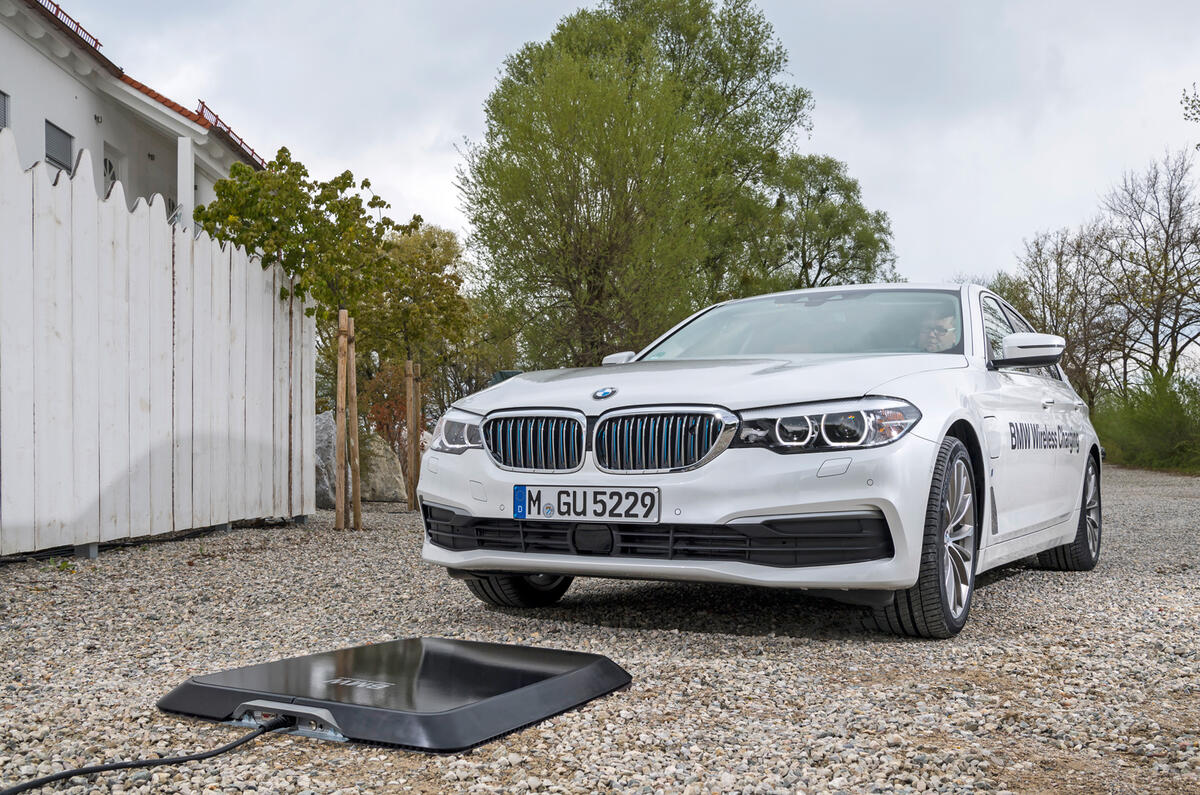
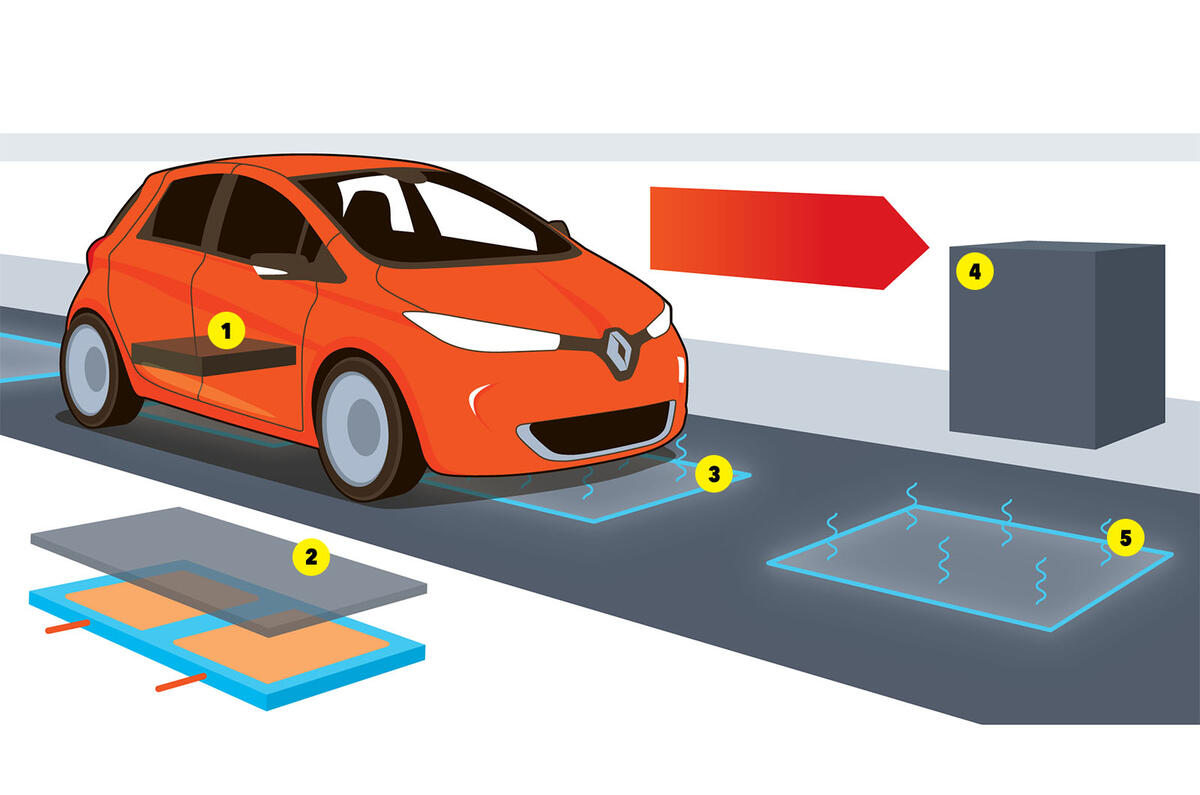
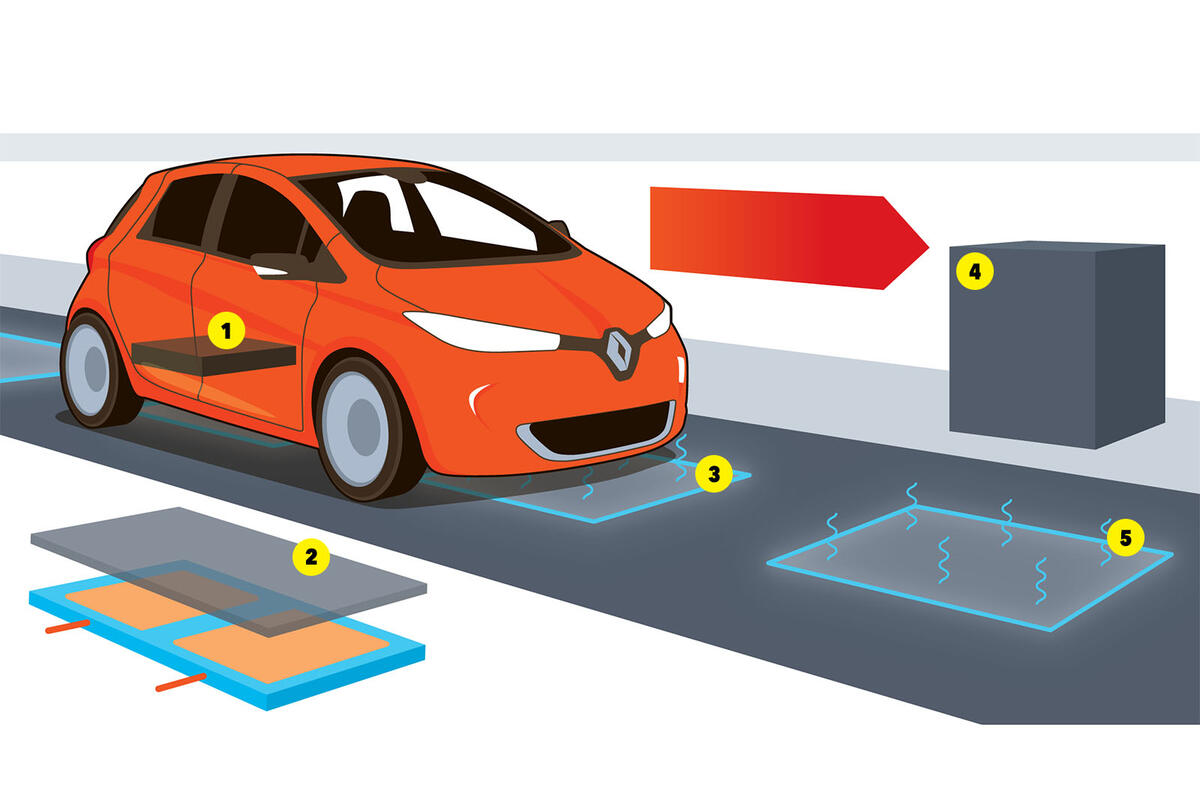
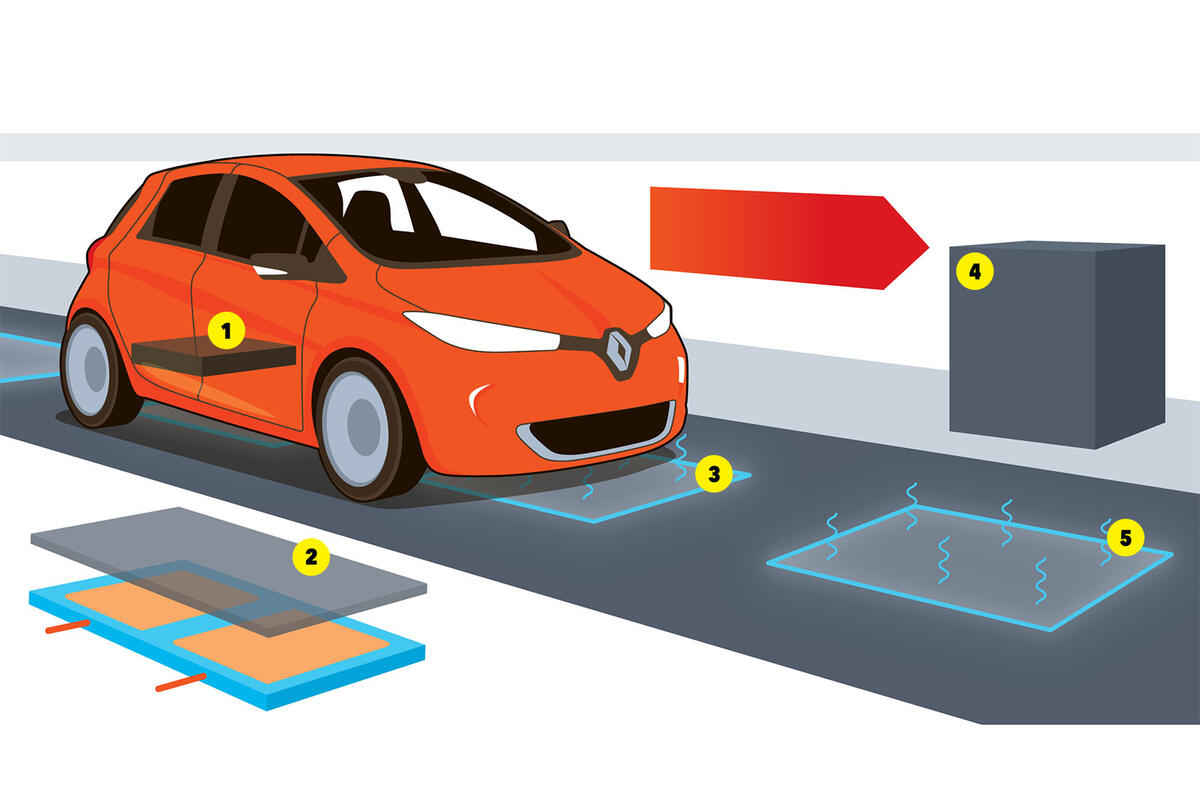

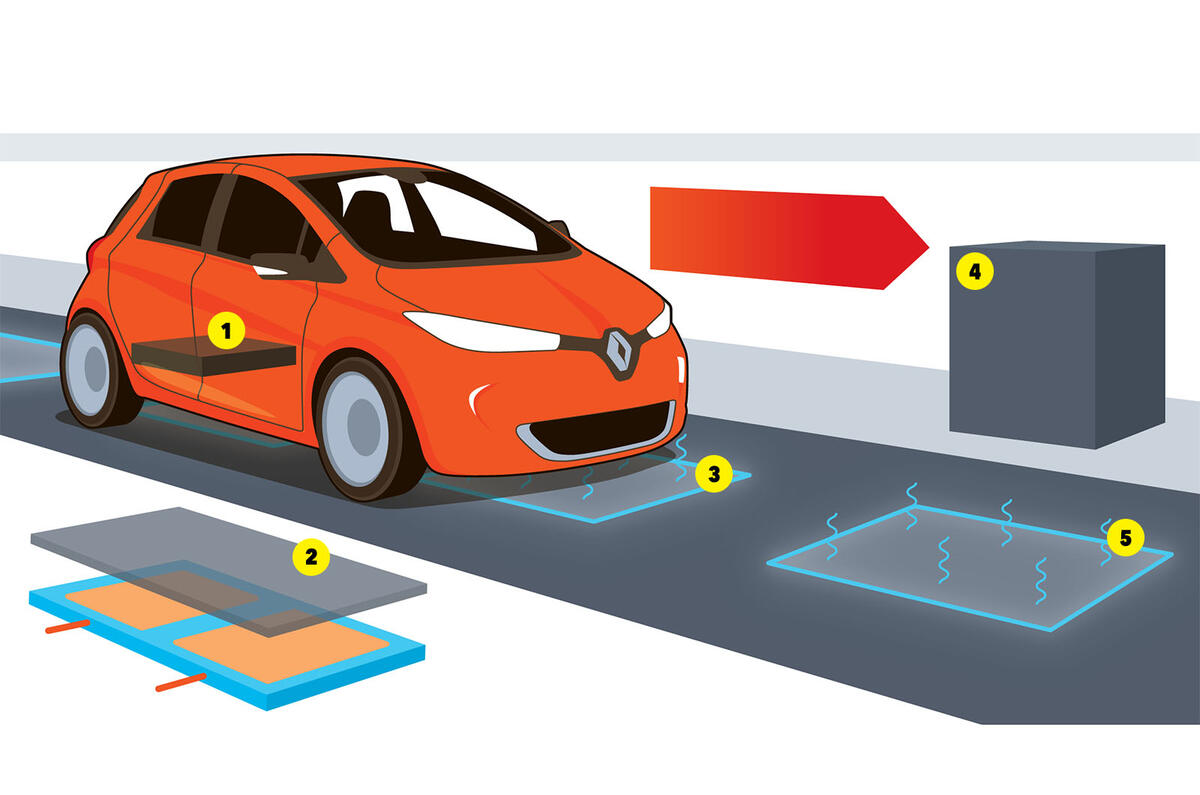
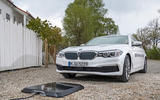

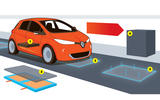
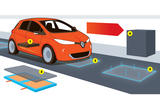
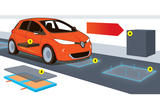
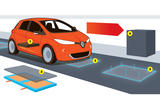


Join the debate
Add your comment
Really?
Potholes go for years without filling, but governments are going to find the time and the money to electrify the road network. Yeah, right...
Parking spaces, as was pointed out above, are a much cleverer bet.
At what cost?
Let's say that the technology can be made to work reliably, why not,
the questions then are:
1/ where does the money come from to 'electrify' thousands of motorway miles initially, and then many more thousands of a-Class roads?
2/ How long then before payment is made by some transponder read by the devices (again, we take it that it is technically feasible): who determines the amounts to pay? On what basis? What about foreign vehicles? What when someone claims a fault in their transponder, etc? We have a similar system here to collect motorway tolls and it is only beginning to settle after years of cock-ups! And Portugal has very few motorways...
3/ What happens during the necessary road-works? Even one lane at a time will take a considerable length of time: will the M1, M4, M6 turn into giant car-parks?
Having shown enough cynicism for one day, I shall now drive my petrol little car to a dealership and ask what trade-in I can get against a Hybrid; could be interesting to compare with another petrol car...
Wireless Scalextric!
Wireless Scalextric at 1:1 scale. It is like a childhood dream. On a more serious note, this would only be needed on motorways and out of town A roads, normal charging copes with most other situations.